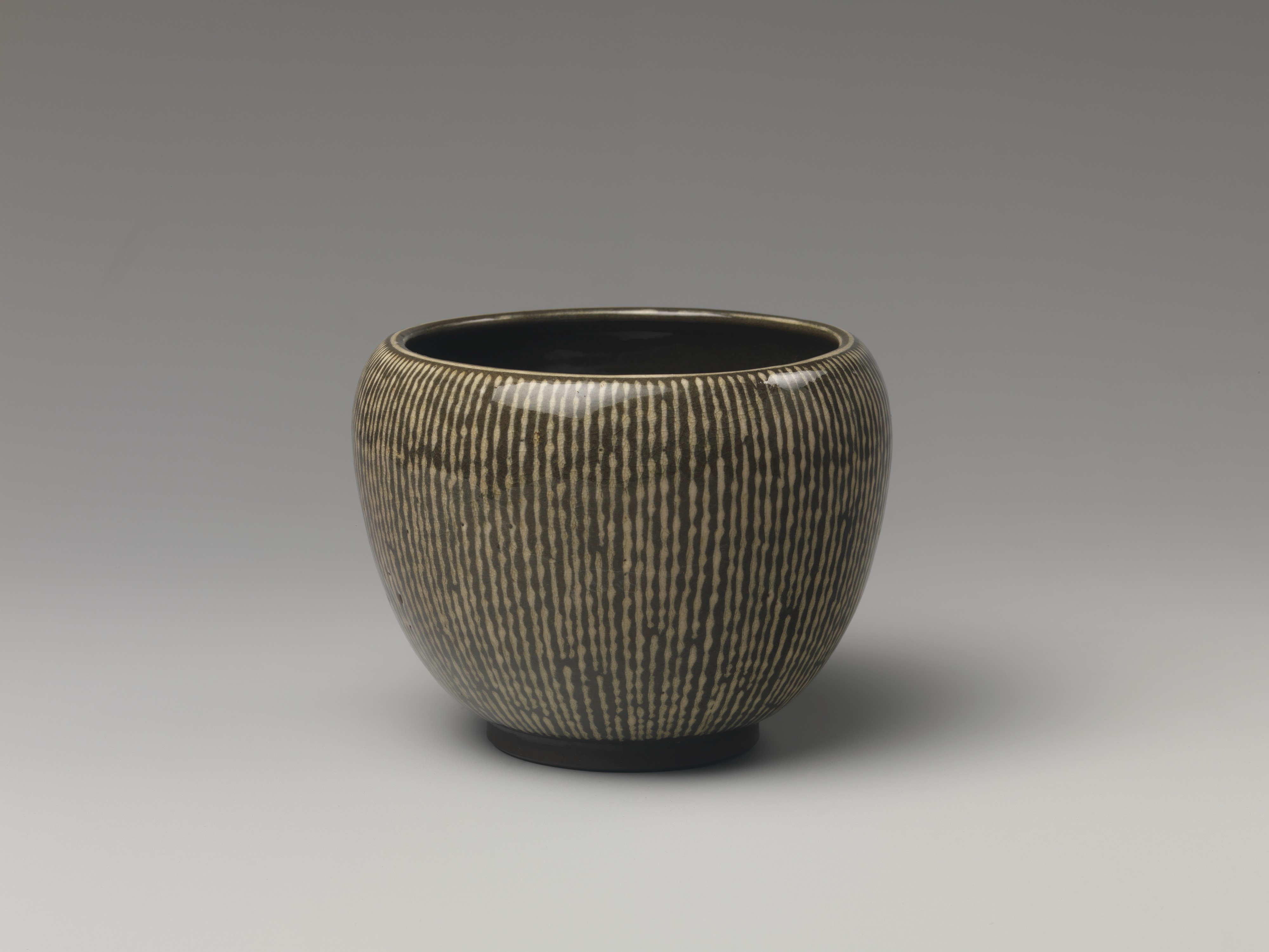Q. When using a picture of an item in a museum’s collection, how would one appropriately give credit and cite the work? For instance, a Japanese censer with no known sculptor or year of creation.
A. When citing an item in a museum collection, it is usually enough simply to describe it either in a caption or in the text and give credit to the museum. Museum websites usually do most of the work for you. For example, here’s a public-domain image from the website of the Metropolitan Museum of Art:

Borrowing from the museum’s information for the image (which does not cite a creator), your caption might read as follows:
Japanese censer, 19th century (Edo period), stoneware with inlaid design (Yatsushiro ware), 8.3 × 11.1 × 5.7 cm (ht. × rim diam. × foot diam.), Metropolitan Museum of Art.
In the text your description would be more straightforward: “The censer, a nineteenth-century example from the Edo period (1615–1868) in the collection of the Metropolitan Museum of Art, . . .” If the lack of a known creator is relevant to the discussion, that can also be mentioned. Artworks don’t usually need to be included in a bibliography, but if you were to include them for any reason, the entry for this one could be listed under the description of the work:
Japanese censer. 19th century. Stoneware with inlaid design (Yatsushiro ware), 8.3 × 11.1 × 5.7 cm (ht. × rim diam. × foot diam.). Metropolitan Museum of Art. https://www.metmuseum.org/art/collection/search/62537.
For additional examples, see CMOS 14.235. Note that images that are not in the public domain may require permission before they can be reproduced in your work (see CMOS 4.95–105).